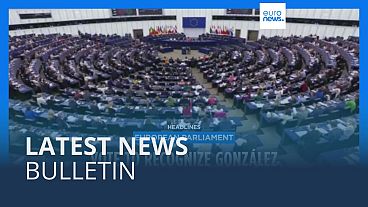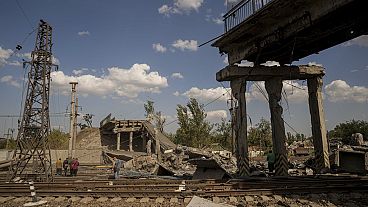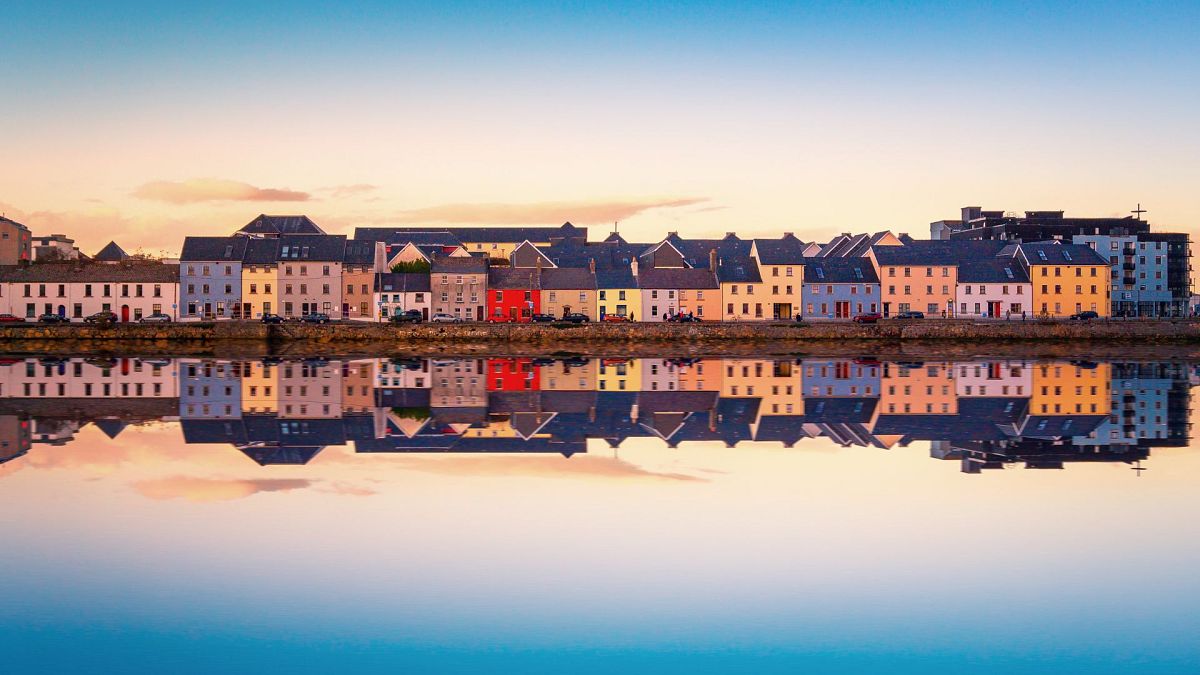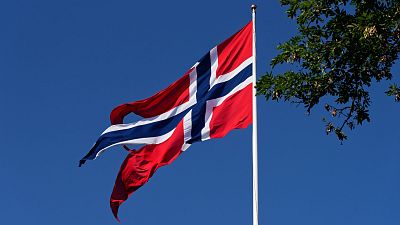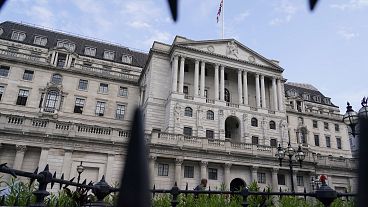Ireland's central bank says the housing market is struggling from a decade of under-supply and needs tens of thousands more homes to be built annually.
Ireland needs to build around 20,000 extra properties each year if it is to improve the country's national housing crisis, according to the Irish Central Bank's latest report.
The country, one of the countries within the EU with the most severe housing crisis, has eye-watering housing costs. In 2022, it was double the EU average.
The situation is so grave that employers, including Ryanair, have started to take matters into their own hands by buying up property to rent to their employees.
The Irish housing market has been struggling with more than a decade of under-supply, according to the Irish Central Bank.
During the past 10 years, the population of Ireland has risen so much that three in four people cannot find available property to rent or buy. In many cases, the cost of property has made it unaffordable to the average worker.
Home building spending rises but more is needed
The Irish government has raised spending on housing from an estimated €1bn to €6.5bn per year, so that its housing expenditure is now one of the highest in the European Union.
The government's plan, entitled "Housing for All', promises to provide affordable housing for every citizen. So far, more than 30,000 dwellings have been built in 2022 and 2023, with the target being 33,000 for each year.
The target was met last year and the central bank recognises that the "housing supply has increased meaningfully in recent years".
However, fuelled by high demand, house prices keep rising. The latest residential property price index showed a 9.6% jump in the 12 months to the end of July 2024, according to the Irish Central Statistics Office.
What can be done?
The central bank is calling for a rise in the annual target, explaining that the "population growth has exceeded previous expectations in recent years".
It finds that a "pent-up" demand has accumulated over the past decade and the population is expected to grow steadily over the next few decades. The bank suggests building 52,000 homes every year until the middle of the century if supply is to meet demand.
The central bank points out that meeting demand is not just about increasing the number of homes. It says the building sector's productivity needs to be improved, as "the financial crisis has left long-lasting scars on it". It says the sector is relying too much on small enterprises, and companies need to invest in equipment and adopt modern technologies.
According to the analysis, the sector needs between €6.5bn and €7bn a year above and beyond current spending if it is to catch up with present and future housing requirements.
The bank accepts the cost is high but warns that a delay will be more costly to the economy in the long run.
The lack of housing and increased cost of living will end up costing more to business in Ireland and ultimately damage competitiveness and sustainable growth over the medium-term, the bank's report believes.



